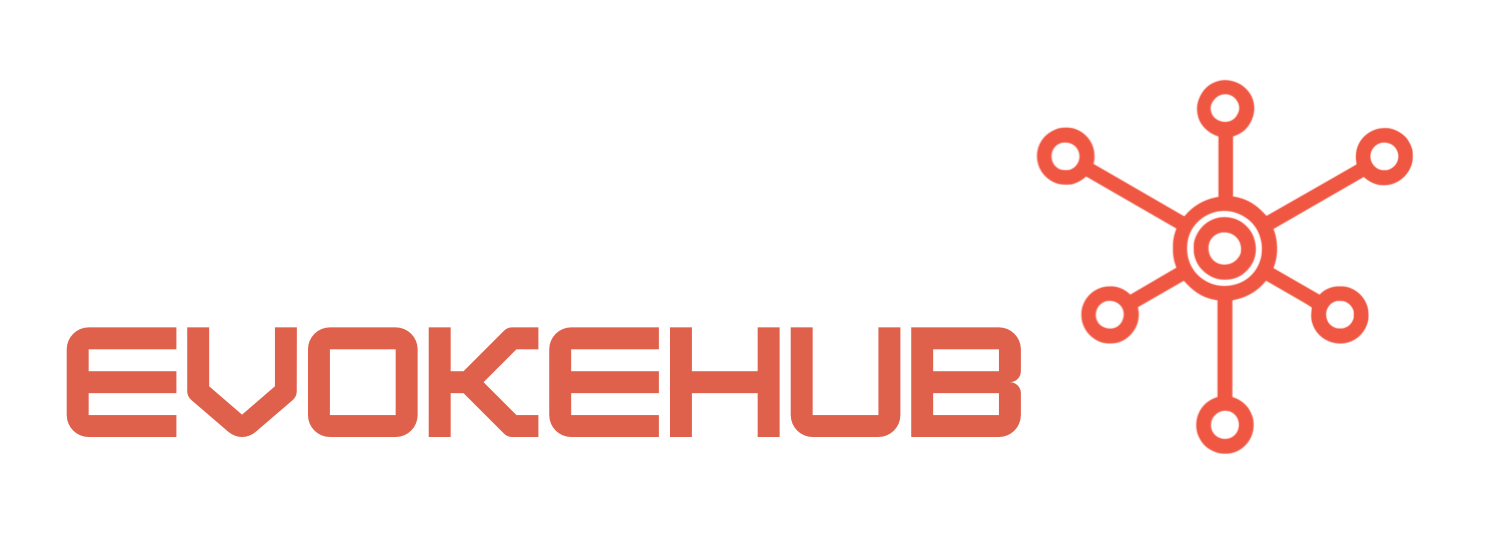Exploring the Benefits of Custom AI Models with Baseten
Custom AI models offer several advantages that can set your application apart from the competition. By leveraging Baseten, developers can create models tailored to unique business requirements, allowing for more accurate predictions and insights. This customization ensures that the AI aligns with specific user needs, resulting in improved performance and user satisfaction. Additionally, Baseten simplifies the modeling process, enabling developers to focus on enhancing functionality rather than getting bogged down by complex coding challenges.
Another key benefit of utilizing Baseten for custom AI models is the platform’s scalability. As your application grows and user demands change, Baseten allows for easy adjustments and updates to your AI models. This flexibility ensures that your application remains relevant and capable of meeting evolving market needs. Furthermore, Baseten’s seamless integration with existing tools and frameworks enhances the overall development process, allowing for a more agile response to changes.
Finally, the collaborative features of Baseten facilitate teamwork and innovation. Developers, data scientists, and business analysts can work together more efficiently, sharing insights and iterating on models in real-time. This collaborative environment fosters creativity and accelerates the development cycle, enabling businesses to bring advanced AI capabilities to market faster. As a result, organizations leveraging Baseten are well-positioned to harness the power of AI and drive competitive advantage.
Step-by-Step Guide to Integrating AI Models in Applications
Integrating custom AI models into applications using Baseten begins with model creation. Start by identifying the specific problems your application seeks to address and gathering the necessary data. Baseten supports various data formats, making it easier to prepare and preprocess data for training. Once the data is ready, you can utilize Baseten’s user-friendly interface to create and train your custom AI models. For those interested in exploring model types, the Baseten documentation provides valuable insights into best practices for building effective models.
After your AI model has been successfully trained, the next step involves deploying it within your application. Baseten simplifies this process by offering API endpoints that can be easily integrated into your application’s architecture. Developers can use the comprehensive APIs to call the model and retrieve predictions or insights. This step enables real-time interaction with the AI model, allowing users to benefit directly from the intelligence embedded in the application. For detailed API documentation, refer to the Baseten API documentation.
Lastly, once your AI model is integrated, continuous monitoring and iteration are crucial for maintaining its effectiveness. Baseten provides robust analytics tools to track model performance and user interactions. By analyzing this data, developers can identify areas for improvement and refine their models accordingly. This ongoing process ensures that your AI application remains effective and responsive to user needs, ultimately leading to sustained success. Regular updates and enhancements will also encourage user engagement, keeping your application at the forefront of technology.
Integrating custom AI models into applications with Baseten can significantly enhance user experiences and operational efficiency. By offering tailored solutions and a straightforward integration process, Baseten empowers developers to create innovative applications that leverage the full potential of AI. As businesses continue to seek competitive advantages in an increasingly digital world, leveraging platforms like Baseten will be essential for staying ahead in the market. Embracing these advanced technologies not only improves operational capabilities but also fosters a culture of innovation and collaboration.




